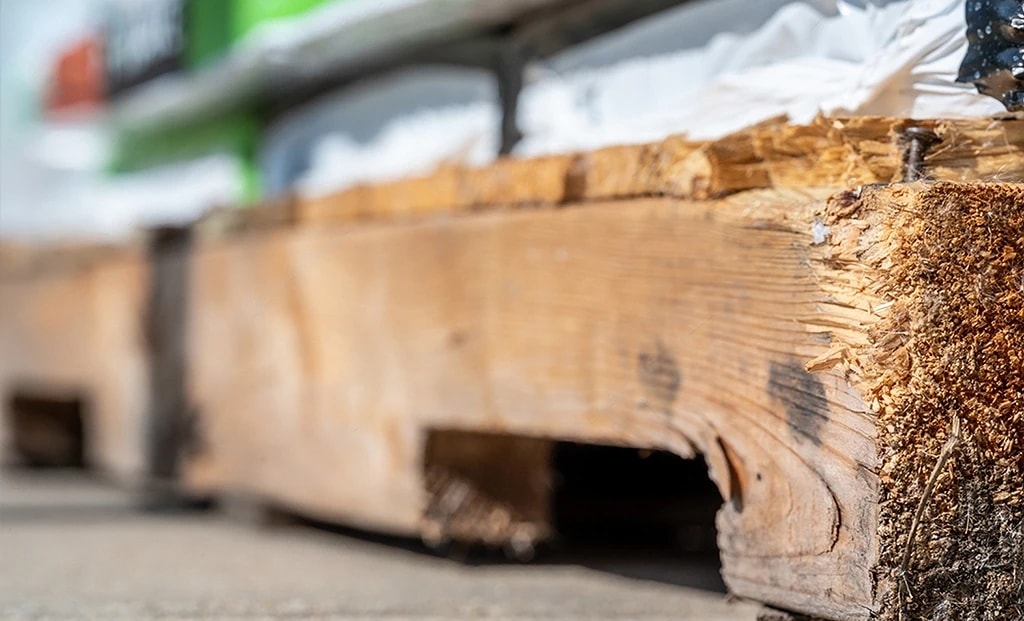Ensuring Mold-Free Pallets for Your Supply Chain Struggling with mold issues on your wooden pallets during logistics? Fear not! This article delves into methods for preventing pallet mold, covering optimal handling and storage practices, distinguishing between wood stains and mold, and exploring chemical treatment options. Here are some essential tips to maintain the integrity of your wooden pallets.
Effective Strategies for Preventing Pallet Mold
- Swiftly unload incoming shipments Upon arrival, treat incoming shipments as potential breeding grounds for mold. Promptly unload wooden pallets from trailers to prevent mold growth. Coordinate closely with your pallet supplier to facilitate quick delivery and storage.
- Avoid exposure to rain Leaving pallets outdoors, even briefly, invites mold problems. Even a brief exposure to rain can kickstart mold growth. Experts warn that while water may evaporate quickly from the wood surface, fungal growth can occur within days.
- Optimal storage conditions Store pallets in dry, well-lit, and ventilated areas. For outdoor storage, position pallets to align with the wind for better airflow. In warehouses, avoid stacking pallets in dim, cramped spaces and choose locations with adequate ventilation and lighting.
- Maintain adequate spacing Ensure proper airflow between pallet stacks by maintaining spacing between rows. Orient pallet openings towards the breeze and keep rows separate, especially for stringer pallets that may restrict airflow. Elevating stacks above the ground prevents contact with residual moisture.
- Treat mold as a quality issue View instances of pallet mold as quality deviations and implement corrective action plans to identify and address root causes, such as inadequate training or storage conditions.
- Differentiate between mold and stains Distinguish between mold and wood stains like Bluestain, which do not pose health risks. Mold can be wiped away, whereas stains penetrate the wood. Perform a simple rub test to differentiate between the two.
- Consider chemical treatments Explore chemical treatments approved by regulatory bodies like the EPA and FDA. Consult with your pallet supplier to identify suitable chemical solutions tailored to your needs.
In Conclusion: Ensuring Mold-Free Pallets Obtaining dry pallets from reliable suppliers and implementing preventive measures to maintain dry, ventilated conditions significantly reduces the risk of mold growth. Differentiate between mold and natural staining, and consider chemical treatments where necessary. Following these guidelines will strengthen your efforts to combat pallet mold.



